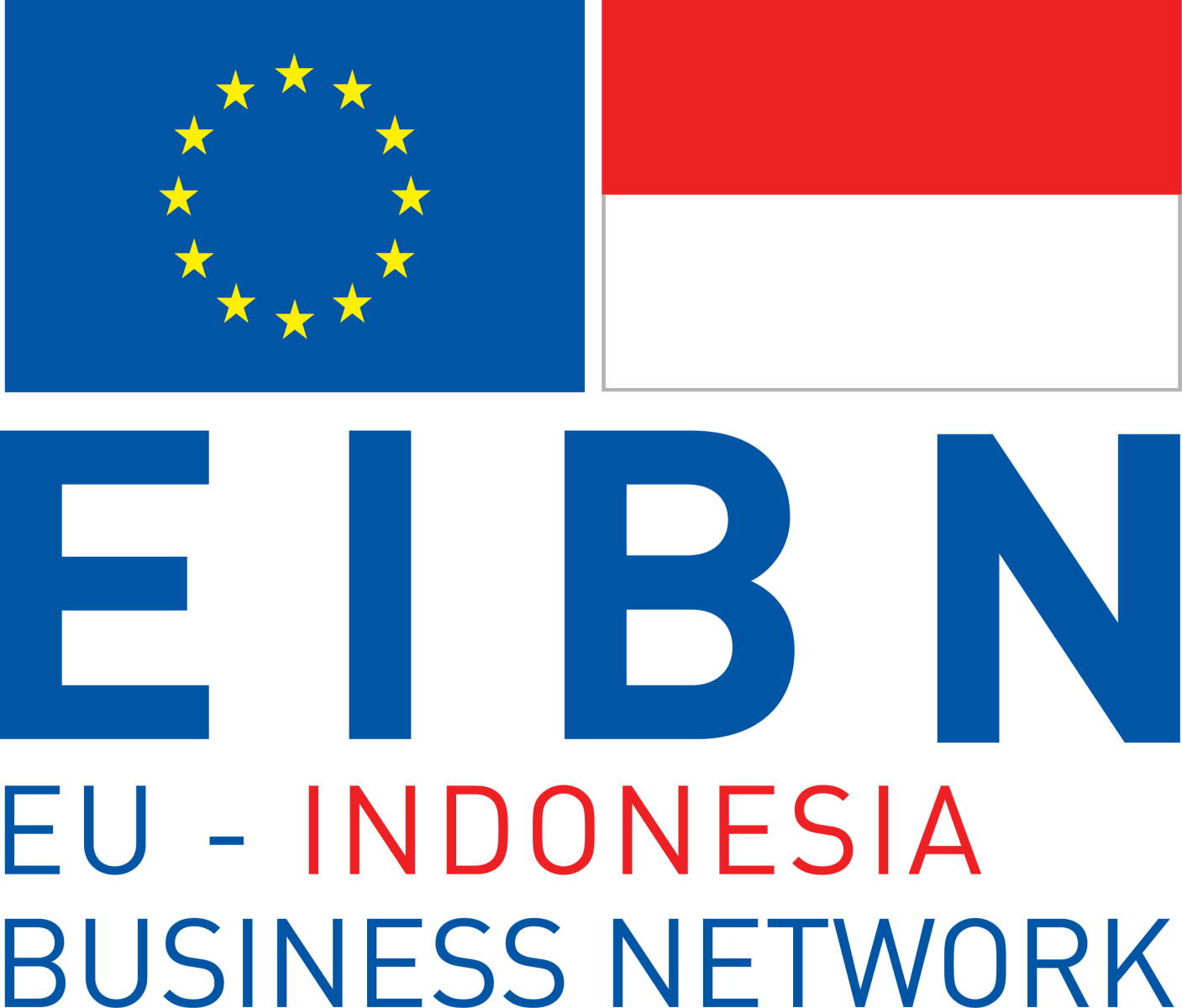Indonesia’s construction industry remains a key pillar of the economy, having contributed just over 10% of GDP in Q4 2024 and continuing to build momentum into early 2025. With steady public investment, growing private participation, and a broad pipeline of infrastructure and energy projects, the sector is poised for continued expansion.
Value-added in construction increased solidly through 2024, with the sector posting approximately 5.8% year-on-year growth in Q4 2024 and maintaining positive momentum in early 2025. National accounts place construction as the fourth-largest GDP contributor, with its share at 10.43% in Q4 2024. Overall GDP growth reached 5.03% in 2024.
Infrastructure accounts for much of that growth—particularly from public-sector investment. Under Indonesia’s 2024–2029 medium-term development plan, infrastructure spending is targeted at roughly 5% of GDP annually. The Ministry of Public Works and Housing (PUPR) 2025 budget was approved at IDR 116.23 trillion—up from an initial proposal of IDR 75.73 trillion—with priorities spanning food and energy infrastructure, public facilities, and the new capital city, Nusantara.
In the power sector, the government’s Electricity Procurement Business Plan (RUPTL) 2025–2034 outlines 69.5 GW of additional capacity by 2034, around 70–76% of which is expected to come from renewables. Toll road stock reached approximately 2,893 km by June 2024 across five major islands, with further corridors currently in delivery and procurement.
Development of Nusantara in East Kalimantan continues under a multi-decade plan. By June 2024, announced private investments had totaled IDR 51.35 trillion, while the administration approved IDR 48.8 trillion of state funds for 2025–2029—presenting long-cycle opportunities in urban infrastructure, housing, and public buildings.
During the COVID-19 pandemic, construction output declined by 3.26% in real terms in 2020 due to large-scale social restrictions. Since then, the industry has recovered steadily and is projected to grow in the mid-single digits in 2025, driven by the national project pipeline, energy transition initiatives, and rising housing demand. The macroeconomic backdrop remains supportive, with inflation within the target range and GDP growth stable around 5%.
With investment momentum returning and the state continuing to fund large-scale infrastructure, the industry’s outlook through 2025 remains positive. Growth is expected to moderate but stay resilient amid global uncertainty, driven by urbanization, Nusantara-related projects, and the renewable-energy build-out.
| HIGHLIGHTS |
| CHALLENGES |
According to the Indonesian Statistics Agency (BPS), Indonesia Population Projection 2020–2050 places the country’s population at around 328 million by 2050 under the medium scenario. Meanwhile, urbanization continues to advance: the World Bank estimates that about 59.2% of the population lived in urban areas in 2024. This combination of rising population and urban share is fueling demand for housing, transport networks, water and sanitation systems, and other critical infrastructure—placing pressure on delivery capacity, financing, and maintenance across Indonesia’s archipelago.
Indonesia’s geographic setting as an archipelago along the Pacific “Ring of Fire” adds another layer of complexity. Natural hazards—earthquakes, volcanic activity, tsunamis, floods and landslides—occur frequently, and climate-change-driven extreme weather further heightens the risks. These factors affect project timelines, costs, and insurance requirements, making resilient design and disaster-risk management integral to project planning.
Although the government has reaffirmed its commitment to long-term infrastructure development, the simultaneous need for scale, resilience, and sustainability means that strong governance, risk mitigation strategies, and effective partner networks will be critical to converting ambition into delivery.
| CONCLUSION |
Indonesia’s construction sector stands on a firm foundation and offers strong long-term prospects. The country is classified as an upper-middle-income economy, with a Gross National Income (GNI) per capita of around USD 4,580 in 2022. Policymakers aim to reach high-income status as part of the Golden Indonesia 2045 vision, which envisions the nation among the world’s top five economies by that year.
Rapid urbanization, infrastructure expansion, and industrialization will continue to underpin construction demand through the coming decade. The macroeconomic environment—anchored by moderate inflation, a defined infrastructure pipeline, and political stability—further supports investor confidence. Short-term risks such as input-cost volatility or delivery delays are outweighed by structural growth drivers.
For market entrants and investors, success will depend on identifying the right niches, forming strong local partnerships, and aligning with regulatory and sustainability standards. Opportunities are expanding in renewable-energy infrastructure, smart urban facilities, resilient housing, and digital construction technologies such as Building Information Modelling (BIM).
In sum, the Indonesian construction industry remains solid, well-positioned for expansion, and capable of offering distinctive opportunities—especially for firms that combine technical capability, local networks, and the agility to navigate evolving policy frameworks.
This content is done in collaboration with:
Business Sectors


